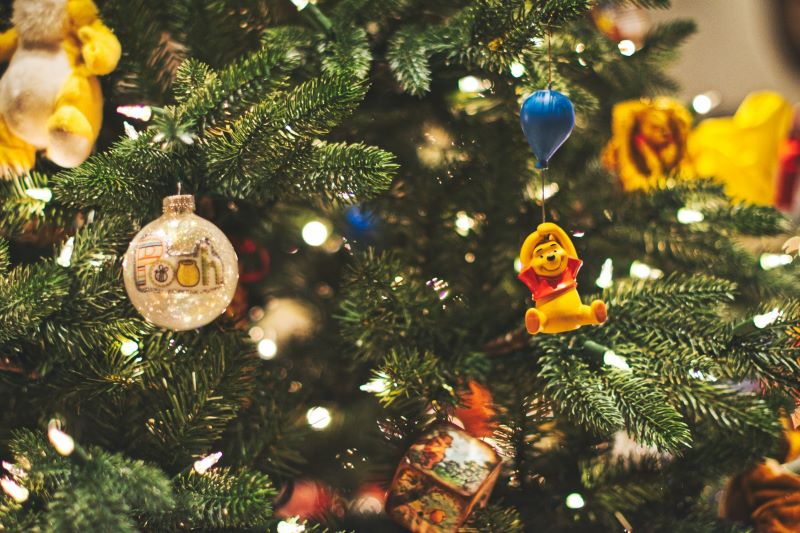Christmas trees have been an iconic part of the Christmas holiday for centuries, with their tall evergreen trunks, lush branches, and festive decorations. And while real Christmas trees are still a popular choice today, artificial trees have become increasingly popular in recent years due to their convenience and longevity. But no matter which type of tree you choose—real or artificial—the Christmas tree is certainly an important part of the holiday season.
The history of the Christmas tree dates back thousands of years to ancient pagan rituals and festivals that celebrated the winter solstice. The tradition was brought to Europe by Germanic-speaking people who used fir and evergreen trees as symbols of eternal life during the coldest months when plants could not grow. It wasn’t until 16th century Germany that decorating a Christmas tree became popularized throughout Europe and eventually spread across the world.
Types of Artificial Christmas Trees to Choose From
Today, there are two main types of Christmas trees: real and artificial trees. Real Christmas trees are typically made from pine or fir species such as Douglas fir, Noble fir, Balsam fir, Fraser fir, Scotch pine, White pine, Virginia pine or Eastern white pine. These living evergreens are cut down each year with their roots intact so they can be replanted after the holidays or used in landscaping projects. One benefit of real Christmas trees is that they can last up to 8 weeks if kept adequately hydrated; however they come with added maintenance such as daily watering and vacuuming up fallen needles around the house.
Artificial Christmas trees began being produced in Germany in the early 1900s but didn’t become widely available until 1959 when an American company (Alpine Tree Company) started mass producing them for consumers around the world. Today artificial trees come in a variety of materials such as metal branches covered in PVC plastic needles that look incredibly realistic; or PE (Polyethylene) tips which feel almost like natural evergreen needles; or even traditional fabrics such as cotton batting used for a flocked look. While they require less maintenance than real trees—just fluffing up branches before displaying—artificial trees may need replacing every few years depending on their quality and usage over time.
No matter which type you choose—real or artificial—a decorated Christmas tree is one of the most beloved symbols of this time-honored tradition. For many families it’s an annual ritual where decorations are either handcrafted or handed down through generations like colorful glass balls reflecting off tiny twinkling lights while others prefer to get creative by adorning their tree with homemade crafts like fabric snowflakes and paper garlands along with more unique findings from nature such as acorns and dried orange slices tucked away amidst its branches for a rustic look! Whichever route you chose to go with your decoration style it’s sure to be something special your family will cherish for years to come!

